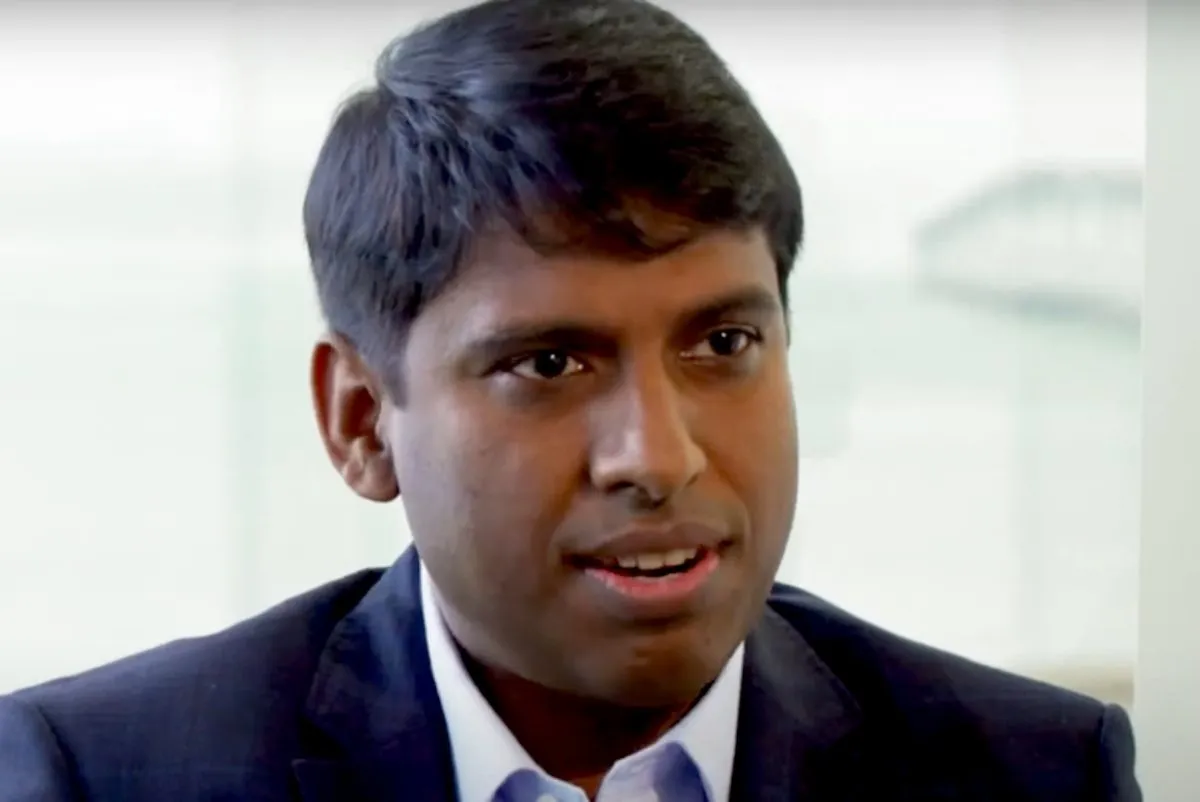The Rise of the Las Vegas Innovation District
Skift Take
This sponsored content was created in collaboration with a Skift partner.
Earlier this month, Skift published the trend report Leveraging Local Innovation in the Las Vegas Meetings Industry in partnership with Las Vegas Convention and Visitors Authority. Below is an excerpt from the report. Download the full report for free here:
Progressive cities worldwide are developing technology, medical, and academic urban clusters defined as “innovation districts” to help spur commercialization of new product prototypes developed by both local tech startups and global enterprise companies. The Las Vegas Innovation District, which encompasses most of downtown and the Arts District, was specifically developed as a platform to test new smart city technologies. Since its inception in 2017, the District has already provided proof-of-concept for a multitude of projects bringing together the public and private sectors.
For example, Audi tested its Vehicle-to-Infrastructure (V2I) technology in the Innovation District leading up to CES 2017. The V2I system connects the brains of a car with the IoT systems embedded throughout the District to assist how drivers navigate the streets. Audi worked with the City of Las Vegas to configure the automotive and urban tech platforms, and then measured how they worked in real-life scenarios. That provided data for all sorts of metrics to inform how the city can improve mobility for local residents and support commercial opportunities for corporate partners.
Those are the types of collaborations that Las Vegas can provide for outside companies active in advanced industries, suggests Don Jacobson, IT Business Partner for Innovation with the City of Las Vegas.
“We’re re-inventing our streets and mobility among them with smart city technology so that streets are connecting blocks and connecting people, rather than separating them,” he explained. “In other words, we want to connect the city not only digitally, but we want to connect the city physically. And we’re doing that with all the data that we collect with our sensors, and also the data that we collect from the public and our partners.”
From a public-facing perspective, the most auspicious development in the Innovation District to date has been the launch of the autonomous shuttle, built by the Paris-based NAVYA driverless vehicle manufacturer. The all-electric minibus was the first autonomous public transportation to be launched on U.S. roads, thanks to the collaboration between the City of Las Vegas, the Regional Transportation Commission of Southern Nevada (RTC), and the Keolis transportation management company.
“We host U.S. and international conference groups all the time where delegates can learn about the future of AI-powered connectivity and mobility.” — Christopher Barker, VP of New Mobility, Communications & Marketing, Keolis
Operating daily since November 2017, the shuttle navigates a section of downtown along a short route starting at Downtown Project’s Las Vegas Container Park. The data and learnings collected from all of the various stakeholders involved in the shuttle is helping position the City of Las Vegas as the capital of autonomous vehicle innovation in North America.
So far, as of May 2018, the shuttle has transported more than 25,000 riders, according to Christopher Barker, VP of New Mobility, Communications & Marketing at Keolis, which he says is “ahead of what we forecasted.” Keolis has been managing driverless vehicle projects for a few years now, but often it’s in controlled environments such as academic, corporate and medical campuses.
“The City of Las Vegas has been very proactive about embracing new technology, and the Innovation District is well designed to do a lot of experiments in transportation, Internet of Things, signaling tech, and those kinds of things,” said Barker. “What we’re doing in the Las Vegas Innovation District and the La Défense business district in Paris involves the most heavily populated mixed-use traffic for autonomous vehicles worldwide.”
Barker adds that Keolis offers customized group tours and lectures for conference delegates.
“We host U.S. and international conference groups all the time where delegates can learn about the future of AI-powered mobility and how cities are emphasizing and developing people-centric neighborhoods,” he said...
This is an excerpt from the Skift trend report Leveraging Local Innovation in the Las Vegas Meetings Industry, produced in partnership with Las Vegas Convention and Visitors Authority.




